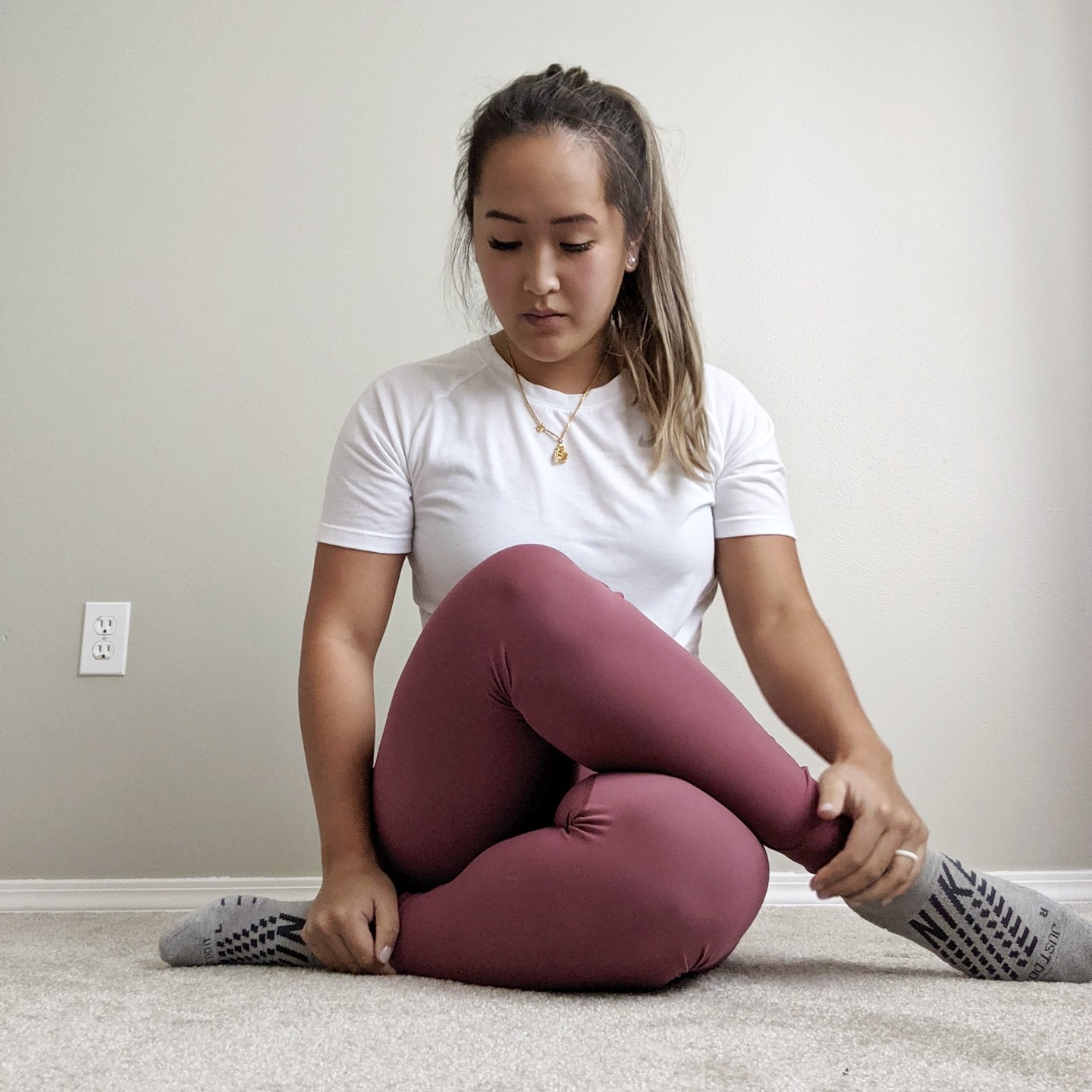How To Build Trust With A Patient
Communication Tips for PTs
“It is recommended that every health professional establishes a therapeutic relationship with a client-centered approach with empathy, unconditional regard and genuineness.”

A key mentor of mine referred me to read “Chapter 3: Communication and the Therapeutic Relationship” from Maitland Vertebral Manipulation Management of Neuromusculoskeletal Disorders.
This is important to all clinicians because the relationship and tone set from the initial evaluation carries throughout the rest of the patients’ care. I have highlighted the areas that stood out most to me and will elaborate on my own personal reflection/experiences of each of these points. Some of these, I had discussed in my YouTube video prior to reading this chapter.
Goals should be created with instead of for the patient. During the subjective, goals should be determined based on current functional limitations. Discussing the parameters (time, level, or pain) should be established collaboratively with the patient. Goals should also be discussed between treatment sessions to ensure there’s progress towards the end goal instead of only at the initial evaluation and progress notes.
Communication should be given at the patients’ level of thinking. Speaking in medical terminology may reduce the patients’ engagement. The use of metaphors or analogies have been helpful for me to describe a PT diagnosis. Be aware that patients may feel embarrassed to ask you to clarify something if the topic has already brushed over. Ensure there’s time taken to give patients time to ask questions before the end of the session.
Clarify meanings versus assuming. Although we, as PTs, have a symptom list readily available, the patients often do not and have a hard time describing it. Ensure that you fully understand what it is they’re trying to say by asking specific clarifying questions rather than assuming.
“Hearing is passive, listening is active”
Should pain be a topic of discussion? Some patients fixate on pain and measure their progress only by pain. So it is a choice for the clinician how to present this as a question and how often to discuss this topic. As a new grad, I used to ask patients their pain level at every session. I realize the number was slow to change. When I started asking about functional progress, I started to realize a faster change and fortunately, the patient would too.
Letting the patient have a say in the decision on the intervention. I implement this technique after establishing a few sessions and if I’ve used different treatments, I will share with the patient my “agenda” for the day. I’ll list my plan for interventions and purposefully leave one out and then ask the patient if there’s something they’d like to incorporate. Sometimes they ask for the intervention I leave out, sometimes they go along with my plan. It empowers them to make decisions within their care or be able to voice if they’d rather change the direction.
Attention needs to be given not only in what is said but how it is said. Emphasis on keywords can be very impactful on a person. If you emphasize “abnormal,” the individual may fixate on that. Or, the tone in how a sentence is given can be interpreted differently between individuals. Also be mindful of body language because there’s a lot to be said with how your body is positioned, what your hands are doing, down to even the wrinkle between your eyebrows.
Ensure the patient knows what and why tests/interventions are performed. I will never forget the one time I was being mentored and taking a patient through an exercise. My mentor asked my patient, “do you know why you’re doing that exercise?” The patient responded, “because Pauline told me to.” My eyes got so big and I felt so embarrassed. This was a big learning moment for me because I know why I gave the patient that exercise, but it’s equally important the patient does too. If the patient knows how that exercise is going to help him/her, the more likely he/she will do it as part of their home exercise program.
This chapter provides other insightful and researched evidence for the art of communication. This write up is to share my perspective and experiences on what I found to be key points. Please refer to the reading for more details.



 If you were waitlisted for your grad program… don’t lose hope. I was waitlisted up until the week of orientation. Yep. I got the phone call in August the week before the semester started.
If you were waitlisted for your grad program… don’t lose hope. I was waitlisted up until the week of orientation. Yep. I got the phone call in August the week before the semester started.